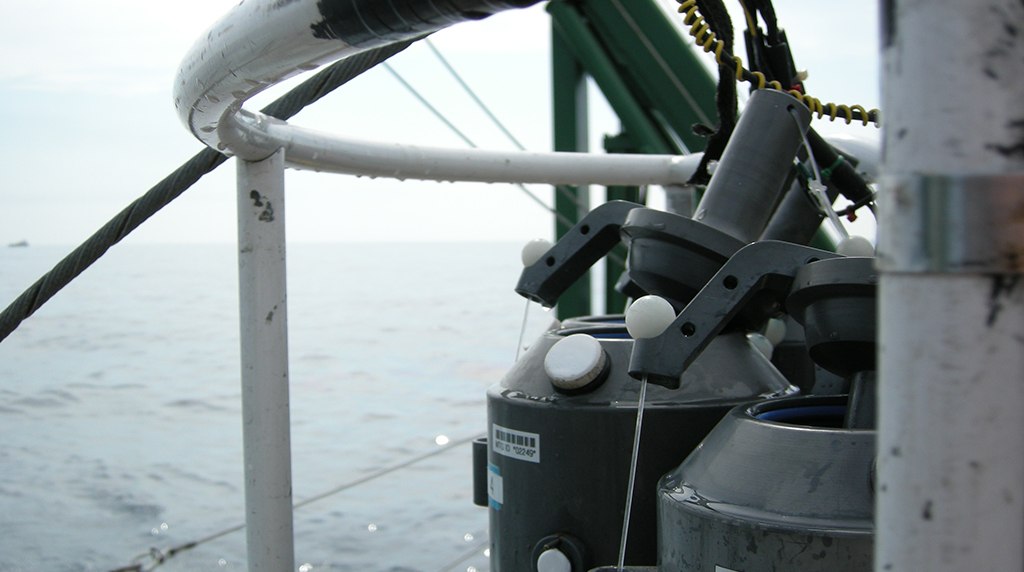November 15, 2016
Detecting oil in the water after an oil spill occurs is essential for a number of reasons- important decisions need to be made about how to respond to the spill, the environmental impact needs to be assessed and the fate of the oil that was spilled needs to be determined. Detecting the oil from the Deepwater Horizon accident presented a unique set of challenges for those working to detect it- the sheer size (4.1 million barrels of oil) and time frame (87 days) of the spill as well as the physical, chemical and biological processes in the Gulf of Mexico that altered the oil's composition over time.
There were multiple parties that joined in the effort of detecting the oil- federal and state agencies, the Natural Resources Damage Assessment (NRDA), and the academic/scientific community. Due to the challenges, detecting and monitoring the oil during and after the spill required using and developing a variety of technologies, new and old, and included adapting techniques that are usually used for non-oil related applications. The Deepwater Horizon efforts produced faster sample processing times, refined technologies and produced new information relevant to oil spill detection, including chemical characterization of the oil, effectiveness of dispersants applied and oil detection limits.
The Deepwater Horizon accident allowed those involved in oil detection to demonstrate the reliability of many new technologies, but in order for them to be effective, these techniques must be implemented with appropriate transfer of technology from government, academia and industry to responders. This ensures that no matter where future spills occur, the spill and scientific communities know what information technologies exist, in order to take a multipronged approach to detecting the oil, appropriately informing the response, damage assessment and science of a spill.
You may access the entire article online, titled "Methods of Oil Detection in Response to the Deepwater Horizon Oil Spill" here, which appeared in the special Gulf of Mexico Research Initiative (GoMRI) funded issue of Oceanography.


















 back to top
back to top